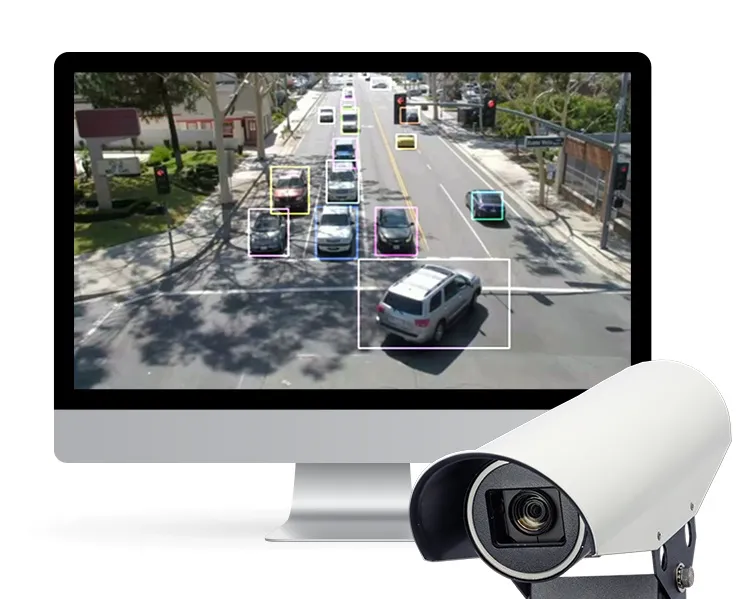Based on advanced above-ground radar technology, the detector has the capability to indicate the occupancy of the pedestrian waiting area at any given time, allowing the most appropriate kerbside strategies to be selected depending on the numbers of pedestrians waiting to cross. The new detector is suited to areas of high pedestrian presence, such as shopping centres or entertainment and sporting venues.
With kerbside and on-crossing pedestrian detection as well as SCOOT, MOVA, stop line and VA options for vehicles, Heimdall is said to offer comprehensive and reliable above-ground detection at the roadside and is largely immune to environmental condition, including sun, shadows, snow and fog. The original Heimdall detector has become well established and the compact unit’s easy above-ground deployment is popular with users and ensures that street clutter is minimised.
Siemens unveils new Heimdall detector
Siemens has extended its range of kerbside detection solutions with the introduction of a new Heimdall kerbside volumetric pedestrian detector. Based on advanced above-ground radar technology, the detector has the capability to indicate the occupancy of the pedestrian waiting area at any given time, allowing the most appropriate kerbside strategies to be selected depending on the numbers of pedestrians waiting to cross.
August 12, 2015
Read time: 1 min










